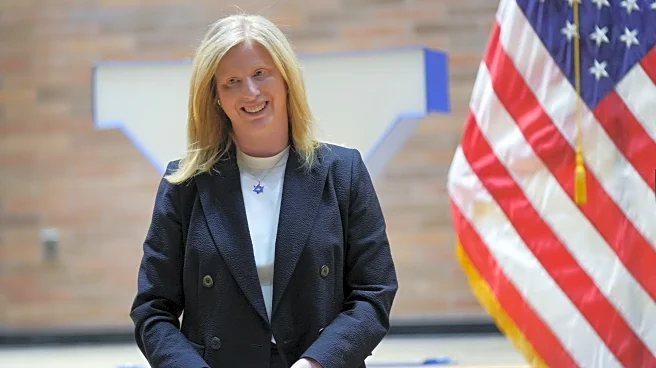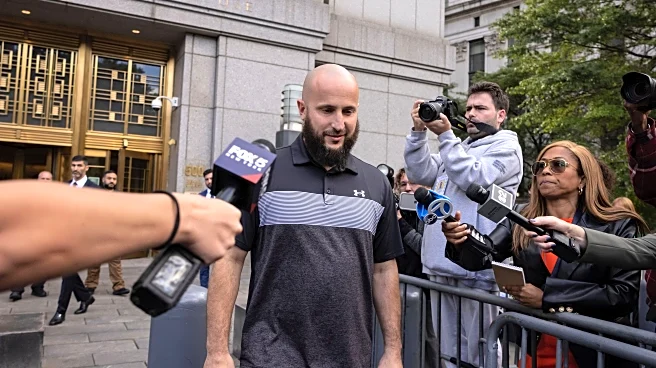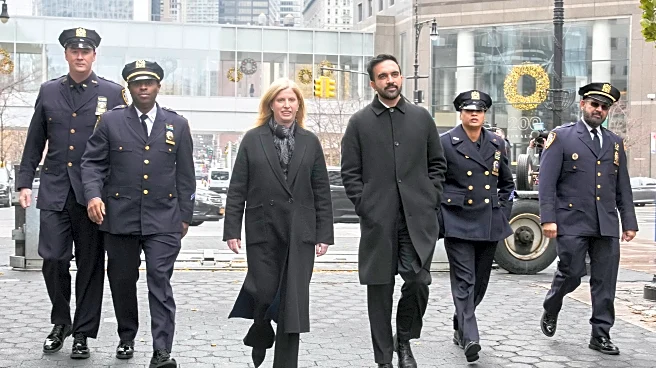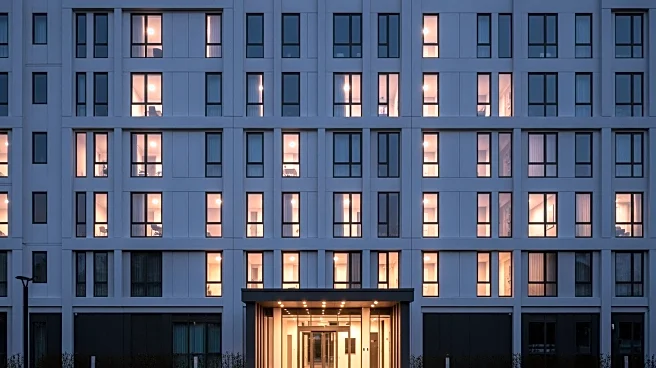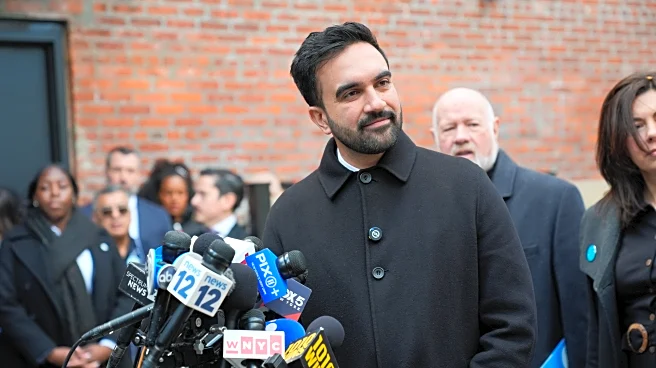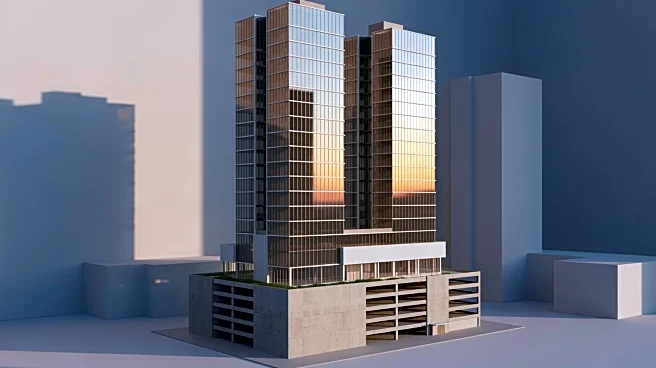What's Happening?
A report from New York University's Furman Center highlights the financial challenges faced by owners of New York City's rent-stabilized housing. Insurance costs for these units have surged by 150% from 2019
to 2025, significantly outpacing inflation. The report indicates that these buildings, which predate 1974 and house nearly half of the city's affordable private housing, rely heavily on rent collected from stabilized units for operating income. The increase in insurance costs, along with rising maintenance and utility expenses, is putting pressure on landlords, potentially leading to deferred maintenance and repairs. This situation is exacerbated by Mayor-elect Zohran Mamdani's proposal to freeze rents for stabilized units, which could further strain landlords financially.
Why It's Important?
The soaring insurance costs and potential rent freeze could have significant implications for affordable housing in New York City. As landlords face mounting financial pressures, the risk of deteriorating living conditions increases, potentially affecting thousands of residents who rely on these affordable units. The report notes a 47% increase in housing code violations among these units, highlighting the impact of deferred maintenance. This situation underscores the challenges of maintaining affordable housing in a city where costs are rising and financial pressures are mounting. The outcome of these developments could influence housing policy and affordability in New York City, affecting both landlords and tenants.
What's Next?
The future of New York City's rent-stabilized housing will likely depend on policy decisions and market conditions. Mayor-elect Zohran Mamdani's proposal to freeze rents could lead to further financial strain on landlords, potentially resulting in more deferred maintenance and deteriorating living conditions. Stakeholders, including policymakers, landlords, and tenant advocacy groups, will need to navigate these challenges to ensure the sustainability of affordable housing in the city. The ongoing building push by the Adams administration to create new affordable housing may provide some relief, but maintaining the existing stock remains crucial.


